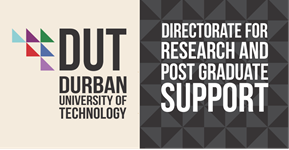Building a Capable State: Unpacking Critical Skills Development Challenges in the Public Sector
DOI:
https://doi.org/10.51415/ajims.v4i1.936Keywords:
capable state, skills development, state-owned enterprises , project managementAbstract
Whilst the active repositioning of the role of South Africa’s state-owned enterprises (SOEs) has been a key thrust of governments response to slow economic growth, not enough attention has been given to exploring the challenges of building the capability of public services. More specifically, there has been insufficient scholarly focus that critically unpacks the nature and extent of skills development and human resource challenges facing management in SOEs. In order to fill this gap, this paper reports on the findings of a study undertaken at Transnet Capital Projects (TCP), a former project execution wing of Transnet SOE. Data collected from 191 respondents, in a survey of TCP project management teams, revealed that whilst the technical service providers contracted to deliver on mega-projects possessed the requisite skills, experience, and expertise, Transnet project’s personnel had limited experience and exposure to execute high value mega-projects. Moreover, the study highlighted low levels of management retention, with the high turn-over rates alluding to systemic internal challenges. These findings, nearly ten years since the implementation of the National Development Plan (NDP) intent on professionalising the public service, is worrisome and points to a need for an urgent intervention if the vision of building a developmental state is to be realised.





